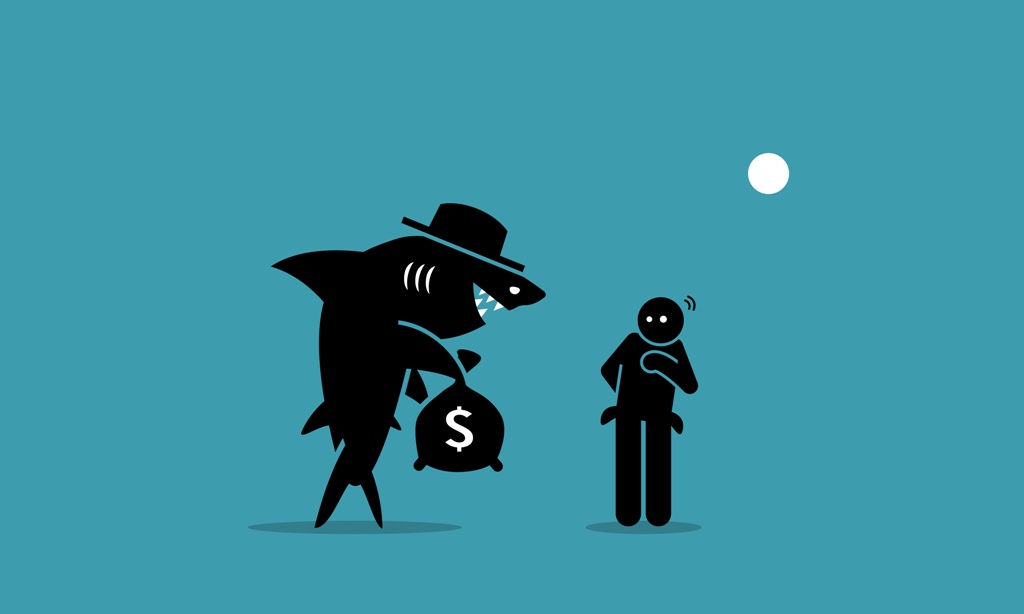A common promotion you’ll find, especially in the holiday months such as December, is the “interest-free loan”. This may seem like the best deal when taking a loan, but don’t be fooled: the lender still has to be paid somehow (even advertising the loan costs money), and it’s not quite as free as you think. Here’s how it really works:
What you need to know about interest-free loans:
There are five important things to note about interest-free loans and how they work. These are:
- They are only interest-free for a given period
- There is still a fee, even if you are not charged interest
- If you’re buying from a shop, the interest may already be factored into the price
- It is possible for an interest-free loan to be more expensive than a loan with interest
- The “interest-free” loan on a credit card only applies to a balance transfer, not to everything else charged to the card
1. They are only interest-free for a given period
In Singapore, most interest-free loans have a six-month period. This means you are not charged interest during those six months. After those six months though, you will be charged the standard interest rate for any outstanding amount.
The final interest rate can end up being higher than a conventional loan.
For example, say you can choose between an interest-free loan on a credit card, or a personal loan at nine per cent per annum.
For the first six months, the personal loan will be more expensive. But after six months, the credit card loan can shoot up to about 26 per cent per annum (typical for credit cards); you will pay almost triple the interest on the outstanding debt.
For this reason, it’s best to use interest-free loans only if you’re sure you can pay the whole debt within six months.
2. There is still a fee, even if you are not charged interest
The cost of the loan is not in the interest rate alone.
For example, say you want to transfer your debt on credit card A, to credit card B which has a zero-interest offer. This is called a balance transfer.
It’s quite common for the bank to impose a transfer fee of between one to five per cent, on debts transferred this way.
So if you make a balance transfer of $3,000, and there’s a transfer fee of three per cent, you would pay $90 for it. This is in addition to any other administrative charges the lender can impose. For example, some lenders may charge you sign-up fees of a few hundred dollars, to open an account before you can take the interest-free loan.
All of these add to the cost of a loan, even if there is no interest.
3. If you’re buying from a shop, the interest may already be factored into the price
Be careful of this common trick, if you want to buy electronics or furniture on an “interest-free” plan. Some shops simply add the interest to the item’s price, and then claim their instalment plan is interest free.
For example, say you were to buy a $1,000 smartphone at three per cent interest per month, over a year. You would usually end up paying around $1,016 for the phone.
But a cunning store owner can simply sell you the phone at a total price of $1,016, and tell you there is no interest being charged.
Compare prices from different shops, to verify if the instalment plan really is interest-free.
4.It is possible for an interest-free loan to be more expensive than a loan with interest
Let’s say you have two loan offers:
- Loan A has an interest rate of around two per cent per month.
- Loan B is interest-free for six months, with an administration fee of one per cent.
Now, let’s say you borrow $1,000 and aim to repay it in six months.
Under Loan A, you would pay roughly $167.64 per month. This comes to a total payment of $1,005.84 at the end of six months – the total interest you’ve paid is just $5.84.
Under Loan B, you would pay just $166.67 a month, and there is no interest. But because there is an administration fee of one per cent, you would have to pay $10 just for taking the loan.
In the end, you would pay $1,010 under Loan B – almost double the interest amount of Loan A.
This is why you should consider up all the costs involved, before taking a loan. Never assume that interest-free loans are always cheaper. You can also contact us at comparesing.com, if you need help comparing.
5. The “interest-free” loan on a credit card only applies to the balance transfer, not to everything else charged to the card
One common place to find interest-free loans is on credit card balance transfers.
This is when you transfer your debt from one credit card to another, and then have six months interest-free to pay off the total debt. When used correctly, a balance transfer is an effective way to save money.
However, it’s important to understand that the interest-free offer only applies to the balance transfer. It does not apply to anything else you charge to the credit card.
For example:
If you make a balance transfer of $5,000 onto a credit card, then that $5,000 is interest-free for six months. But if you then charge $2,500 to the card to buy a big-screen TV, the $2,500 will have the usual 26 per cent interest rate.
This can make things very confusing, when working out your total repayment on the credit card.
As such, it’s advisable to charge nothing else to a credit card after you’ve made a balance transfer. Finish paying off the whole debt, before charging anything else to the card.
About the Author

Led by a team with invaluable expertise across Singapore’s licensed moneylending, banking, and finance industries, CompareSing provides users with a streamlined yet informative experience at every step of their loan journey.



















